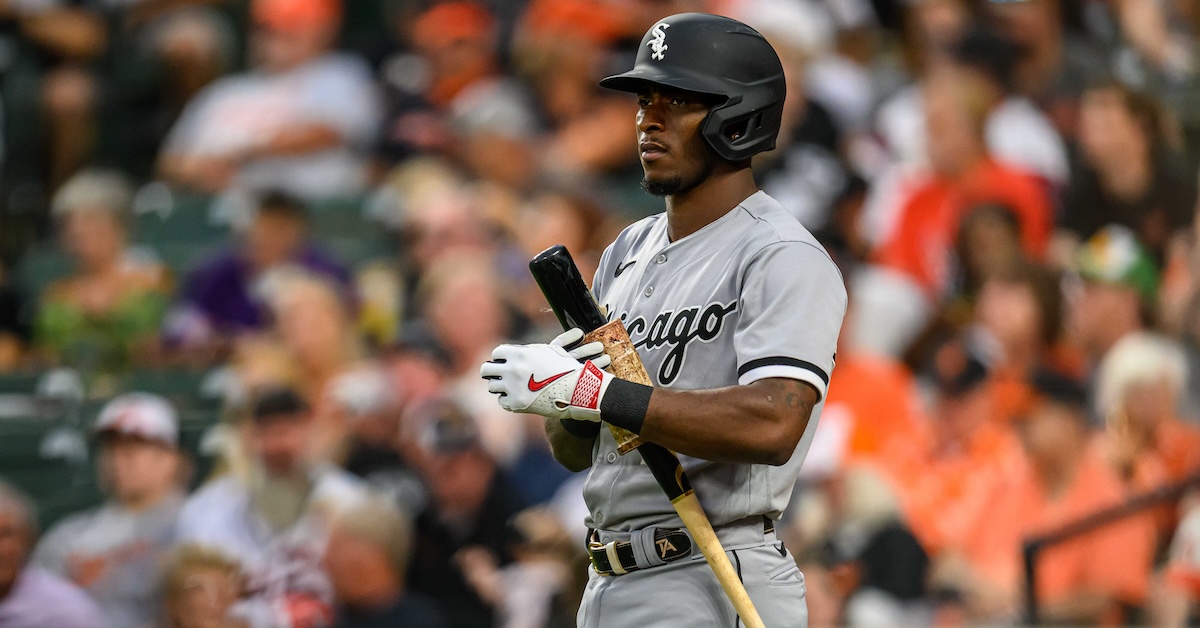Minor League Assistant, Baseball Systems
Location: Fort Myers, FL, United States
Status: Full-Time
DEPARTMENT OVERVIEW:
Members of the Baseball Systems team at the Boston Red Sox are focused on designing, building, and refining the software and data pipelines used within Baseball Operations. These tools and applications are an integral part of the decision-making process, are directly integrated in the workflows of all departments within Baseball Operations, and provide an efficient, consistent, and accessible experience when interacting with our internal data sources and applications.
POSITION OVERVIEW:
As the Minor League Assistant, Baseball Systems you will represent the Baseball Systems Front Office in Ft. Myers, responsible for minor league video, including collection, organization, distribution, and management. You will improve and advance the video process, including potential involvement of new software and hardware. In addition, you’ll be a key resource for Player Development staff in day-to-day needs related to the effective use of technology and video assets. This individual is expected to become proficient in the operation of all baseball technology across the minor league system. This includes Blast, Trackman, Portable Trackman, Camera Systems, KinaTrax, Hawk-Eye, and streaming video assets. Work with your supervisor to oversee the training of affiliate associates. Lastly, the Assistant will contribute in a supporting role to data engineering efforts that work toward complete and accurate data collection, developing new skills in support of these efforts.
RESPONSIBILITIES:
- Coordinate and oversee all Minor League video collection and distribution. Monitor video collection and ensure that it is up-to-date.
- Manage minor league BATS system, keeping the central database up to date.
- Manage affiliate video and computer equipment.
- Ensure video is easily accessible locally at the affiliates for coaches and over the internet for remote staff.
- Oversee creation of player video comparisons for priority players at least once per season (and as needed) with affiliate interns and Player Development coordinators.
- Proactively provide specialty video (both solicited and unsolicited) to coordinating staff, and ensure proactive video production by affiliate interns.
- Manage custom video sharing using BATS with other organizations to build-out our library of available video.
- Be a resource to Player Development staff to a reasonable extent as needed with technologies.
- Assist in the managing of the Affiliate Technology Associates. Assist in the training of associates in the use of all technologies.
- Travel to each affiliate and the academy in the DR at the beginning of the season to ensure all technology and video assets are operating smoothly.
- Provide support for technical issues.
- Work collaboratively with sports science personnel with new and existing technology.
- Become proficient in the operation and maintenance of baseball technology devices and manage the devices across the minor league system.
- Assist in implementing the technology used throughout the minor leagues, including Blast sensors, Trackman, Portable Trackman, Edgertronic High Speed Cameras, KinaTrax motion capture, Hawk-Eye, HitTrax, Trajekt Arc pitching machines, and other technologies.
- Manage the operation of KinaTrax motion-capture systems in the JBP cage and JBP stadium, as well as train interns on the operation of KinaTrax in JBP and at applicable affiliates.
- Manage the operation of the Hawk-Eye ball tracking and motion-capture system across all affiliates.
- Working with our Technology Specialist, respond to and resolve technical problems and issues in a timely manner across all minor league affiliates and in the DR.
- Maintain the streaming assets at all minor league affiliates and in the DR and insure games and supporting data are available to other baseball systems.
- Manage and contribute to the discovery of existing and emerging baseball technologies.
- Gain familiarity with data engineering processes and tools and contribute in a supporting role on a daily basis by performing the following:
- Using development tools to review the quality of Trackman and Hawk-Eye pitch data
- Becoming experienced with SQL to update database tables and make data corrections
- Learning Python to develop new processes in support of data engineering efforts
CHARACTERISTICS/QUALIFICATIONS:
- Excellent computer and device troubleshooting skills and ability to use Remote Desktop and other remote access technologies.
- Experience setting up and configuring equipment such as servers, computers, cameras, and other devices, is a plus.
- Experience with SQL, Python, R, or other languages is a plus.
- Up to 2 years of experience in baseball or another sport.
- Ability to work autonomously and as a team in a fast paced environment
- Strong interpersonal and communication skills, and an ability to establish and maintain effective working relations with those encountered in the course of work
- High level of attention to detail with the ability to multi-task effectively
- High degree of professionalism and ability to maintain confidential information
- Excellent organizational and time management skills required
At the Boston Red Sox and Fenway Sports Management, we go beyond embracing diversity. We’re committed to living by our values, strengthening our community, and creating a workplace where people genuinely feel like they belong.
Too often, job seekers don’t apply to positions because they don’t meet every qualification. If you love this role and are great at what you do, we encourage you to apply. Your unique skills and experiences might just be what we’ve been looking for.
Prospective employees will receive consideration without discrimination based on race, religious creed, color, sex, age, national origin, handicap, disability, military/veteran status, ancestry, sexual orientation, gender identity/expression or protected genetic information.
To Apply:
To apply, please follow this link.
The content in this posting was created and provided solely by the Boston Red Sox.








